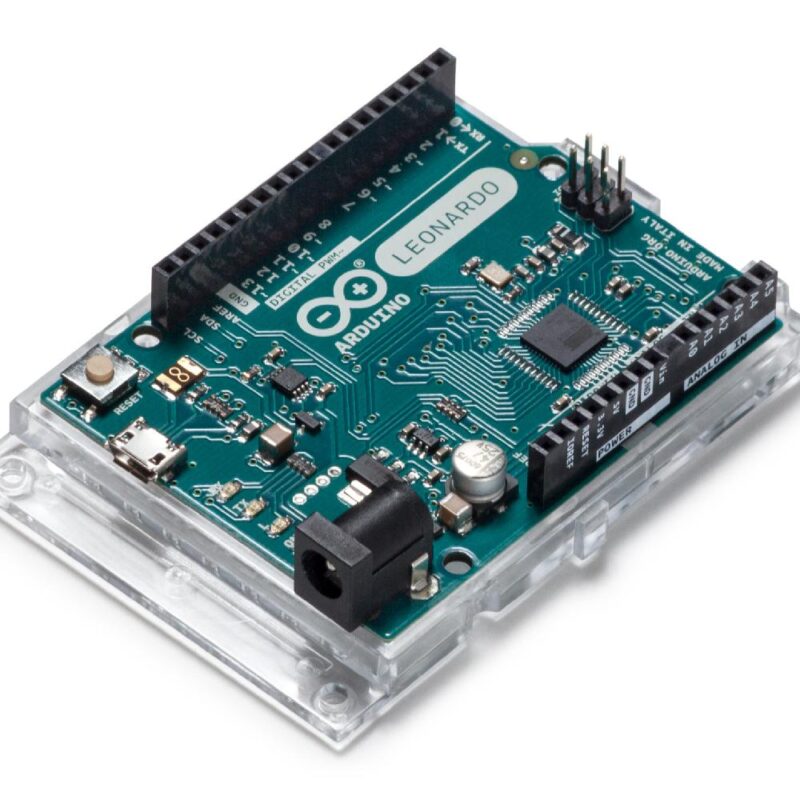
- ARDUINO LEONARDO BOARD HOW TO
- ARDUINO LEONARDO BOARD SERIAL
- ARDUINO LEONARDO BOARD DRIVER
- ARDUINO LEONARDO BOARD PRO
ARDUINO LEONARDO BOARD PRO
The device will show up as "SparkFun Pro Micro (COM#)". Note: On Windows, this takes about 20 seconds to compile and upload. The progress bar should be just over the halfway mark. Opening up the device manager on your operating system will help to see when the Arduino pops up and disappears.ħ.) Select the COM port that the Pro Micro is on before it disappears again.Ĩ.) Hit the Upload button to compile and upload.ĩ.) Wait a few seconds for the Arduino IDE to compile code. Note: Feel free to use the device manager at this step. There is an 8 second window to view the COM port when the board is in bootloader mode. Ħ.) Re-open the Tools>Port menu to view the list of COM ports again to see what the Pro Micro enumerates to when its in its bootloader. You will probably not see it in the list.Ĥ.) Click somewhere else to stop viewing the list of COM ports.ĥ.) Ground the RST button 2x as stated in the Troubleshooting and FAQ. I used the blink test code from the hookup guide to upload.ģ.) Check your Tools>Port menu for the list of COM ports when the Arduino is connected. Ģ.) Choose a simple code to upload on the Arduino.
ARDUINO LEONARDO BOARD HOW TO
You can try the double reset method by tapping the RST pin to GND twice (since there is no reset button on the board) as explained in the Troubleshooting sections labeled as Reset to Bootloader and How to Revive a "Bricked" Pro Micro =>.

Check below for more information:Ī.) Upload when LilyPad USB with Atmega32U4/Pro Micro/FioV3 is still in Bootloader Mode LilyPad Arduino USB - Atmega32U4 board, FioV3 - Atmega32U4, Pro Micro 5V/16Mhz, Pro Micro - 3.3V/8Mhz, etc) if this happens. There are ways to recover the an Atmega32U4 (i.e. When either of these cases happens, the device manager is not able to recognize the device and is usually seen as an "unknown device" when the microcontroller runs the sketch. It expects to have code that is compiled for another bootloader, instead of using the 16MHz frequency with the oscillator. If you upload the wrong frequency, the IC will not be able to understand any new code that is being uploaded. Wrong Bootloader It's possible to brick your Pro Micro 5V/16MHz if you used the wrong board selection with the wrong frequency. I recommend trying a different method than using the interrupt timers. I am unsure of how to fix this issue if you continue to use code that interferes with the CDC.
ARDUINO LEONARDO BOARD DRIVER
Interrupts Atmega32u4's built in CDC driver for USB communication can have timing issues when messing with the watchdog timer, sleep modes, and timer interrupts. Timing Issues w/ USB Communication through CDC Not sure which Arduino or Arduino-compatible board is right for you? Check out our Arduino Buying Guide! We've also added a PTC fuse and diode protection to the power circuit and corrected the RX and TX LED circuit. This latest revision corrects the silk error from the last version of the board so that pin 14 is correctly labeled. If you're supplying unregulated power to the board, be sure to connect to the "RAW" pin on not VCC.

There is a voltage regulator on board so it can accept voltage up to 12VDC. Running at 16MHz and 5V, this board will remind you a lot of your other favorite Arduino-compatible boards but this little guy can go just about anywhere.
ARDUINO LEONARDO BOARD SERIAL
This tiny little board does all of the neat-o Arduino tricks that you're familiar with: 9 channels of 10-bit ADC, 5 PWM pins, 12 DIOs as well as hardware serial connections Rx and Tx. The USB transceiver inside the 32U4 allows us to add USB connectivity on-board and do away with bulky external USB interface. That's why we're adding to our line-up of Arduino-compatible microcontrollers once more! The Pro Micro is similar to the Pro Mini except with an ATmega32U4 on board. Here at SparkFun, we refuse to leave 'good enough' alone.


 0 kommentar(er)
0 kommentar(er)
